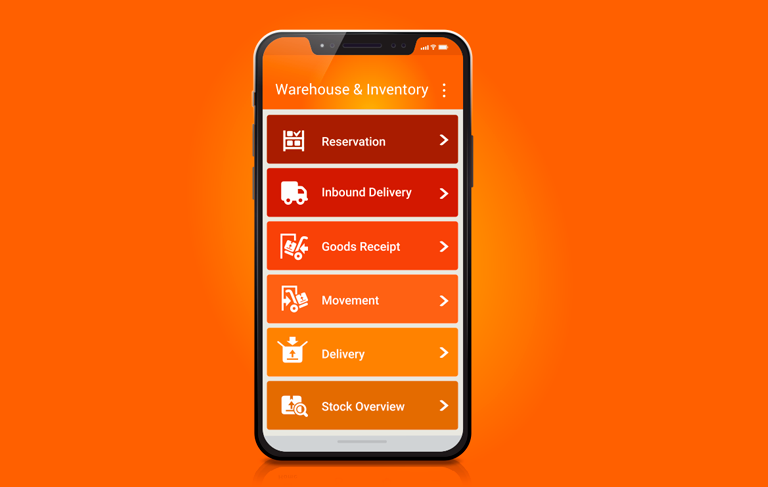Transforming Plant Maintenance Processes
Meet the Authors
Key Takeaways
Conventional industrial maintenance, which relies heavily on intuition and experience, often results in inefficiencies, frequent emergency repairs, and costly unplanned downtime, all of which negatively impact profitability.
By focusing on the integration of these advanced technologies, companies can create a clear path to more efficient and effective maintenance operations.
Sigga highlights the necessity of establishing essential foundational steps to ensure the successful implementation of this strategy.
Traditional industrial maintenance, often driven by intuition and experience, leads to inefficiencies, frequent emergency repairs, and costly unplanned downtime, affecting profitability. To overcome these challenges, businesses should adopt a predictive maintenance strategy incorporating Industry 4.0 technologies like AI, machine learning, and IIoT. Achieving this requires a gradual, step-by-step approach, starting with a well-defined long-term plan and addressing challenges as they arise. By focusing on the integration of these advanced technologies, companies can create a clear path to more efficient and effective maintenance operations.
Sigga highlights the necessity of establishing essential foundational steps to ensure the successful implementation of this strategy.
Data integrity: For technology to effectively help an organization, it is essential that the input data yields accurate and reliable outcomes, making data integrity a critical factor. Ensuring data is accurate, accessible, and adaptable is vital for modern enterprises. Various tools are available for data cleansing and maintaining data integrity, helping to identify and resolve underlying issues.
Explore related questions
Elimination of paper: Transitioning from paper-based processes to mobile solutions is essential for achieving an efficient and accurate plant. Paper processes are prone to errors from manual data entry, inefficiencies that slow workflows, and increased operational costs. These issues often lead to inaccurate data and costly decisions if errors go unnoticed. Handling paper documents is also time-consuming, creating productivity bottlenecks and driving up maintenance costs. Embracing Industry 4.0 technologies like IIoT, machine learning, and AI can enhance data accuracy and enable real-time adjustments, reducing the problems associated with paper-based processes.
Good reporting & data availability: For effective management of high-value assets, it is essential to have timely and accurate reporting, which supports better planning and execution of Enterprise Asset Management (EAM) strategies. Defining key performance indicators (KPIs) is critical, yet many organizations struggle with reporting delays, inaccurate data, and data accessibility. Delayed reports can prevent timely corrective actions, while poor data quality compromises decision-making. Data must be accessible in real-time to enable swift responses to potential issues. Ensuring accurate, real-time information is crucial for maintaining efficiency, preventing downtime, and achieving optimal enterprise performance.
Accuracy in decision-making: Effective planning is crucial to achieving the best possible outcomes in maintenance work, as poor planning can lead to inefficiencies, higher costs, and increased downtime. While traditional tools like spreadsheets and whiteboards are commonly used, they often fall short in managing the complexities involved. SAP PM systems offer valuable insights but lack all the necessary data for comprehensive planning. To improve decision-making, planners need to consider additional factors such as past technician performance, average completion times, equipment sensitivity, and potential collateral damage. By integrating these data layers, more accurate and informed decisions can be made.
Read more here.






